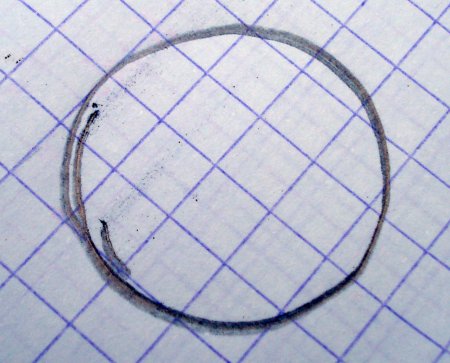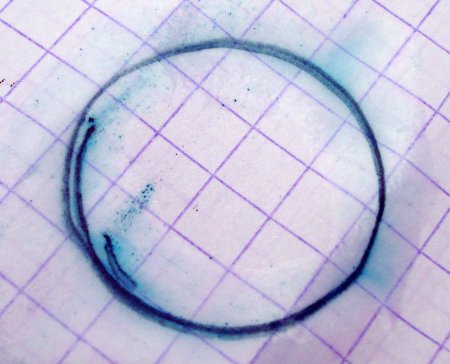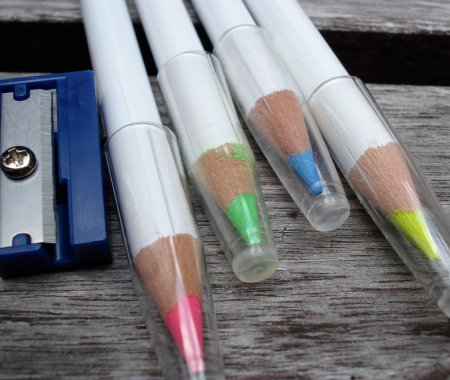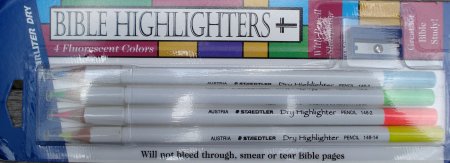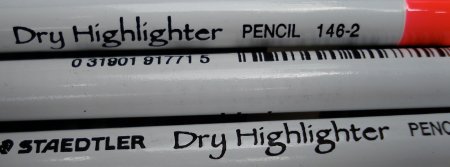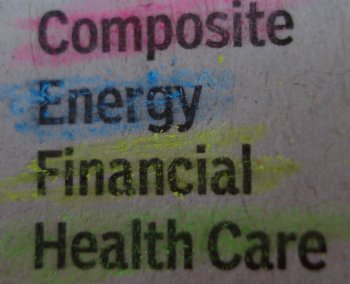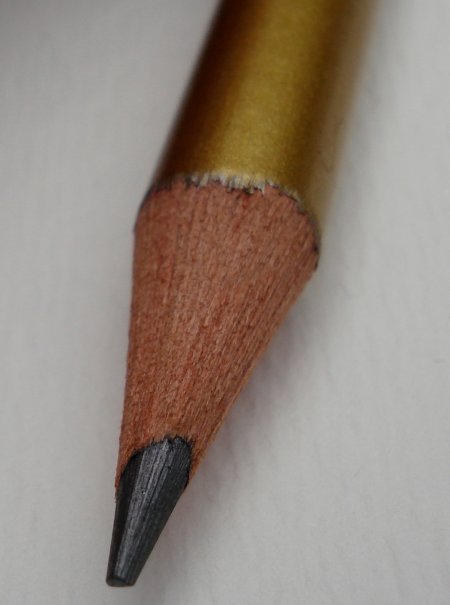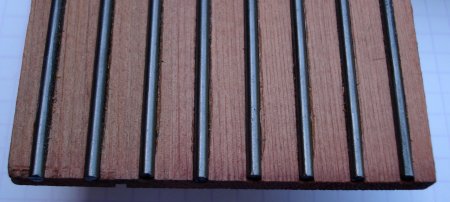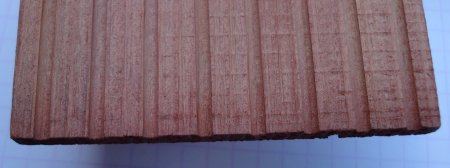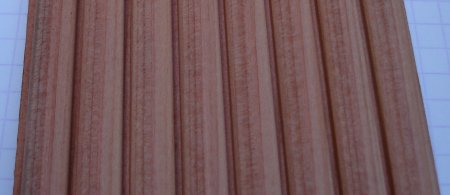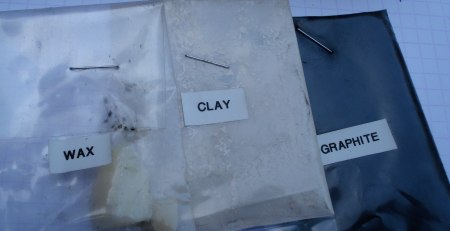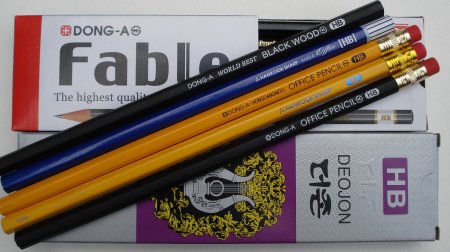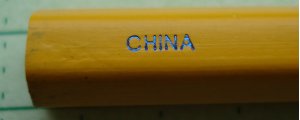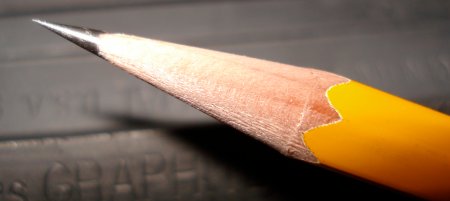
This is the second post in a series on the pencils of Korea.
Dong-a is Korea’s oldest pencil maker, established in 1946. The Hongdangmoo Office Pencil is a basic offering, and I am told that it is the most common office pencil in Korea. It is not clear to me if it is manufactured in Korea.

A few notes:
– It does have a slightly larger diameter than the Hankook Sharp.
– The eraser seemed exceptionally good for a pink/red eraser. In fact, it is an excellent eraser by any measure. I’m not sure how they did it.
– The wood appeared to be cedar, and the pencil easily sharpened. The top photo shows an attempt with the KUM Long Point.
– The lead is much scratchier than that of the Hankook Sharp.
Overall, I think the choice between the Hankook Sharp and the Dong-a Hongdangmoo is a tough one.





